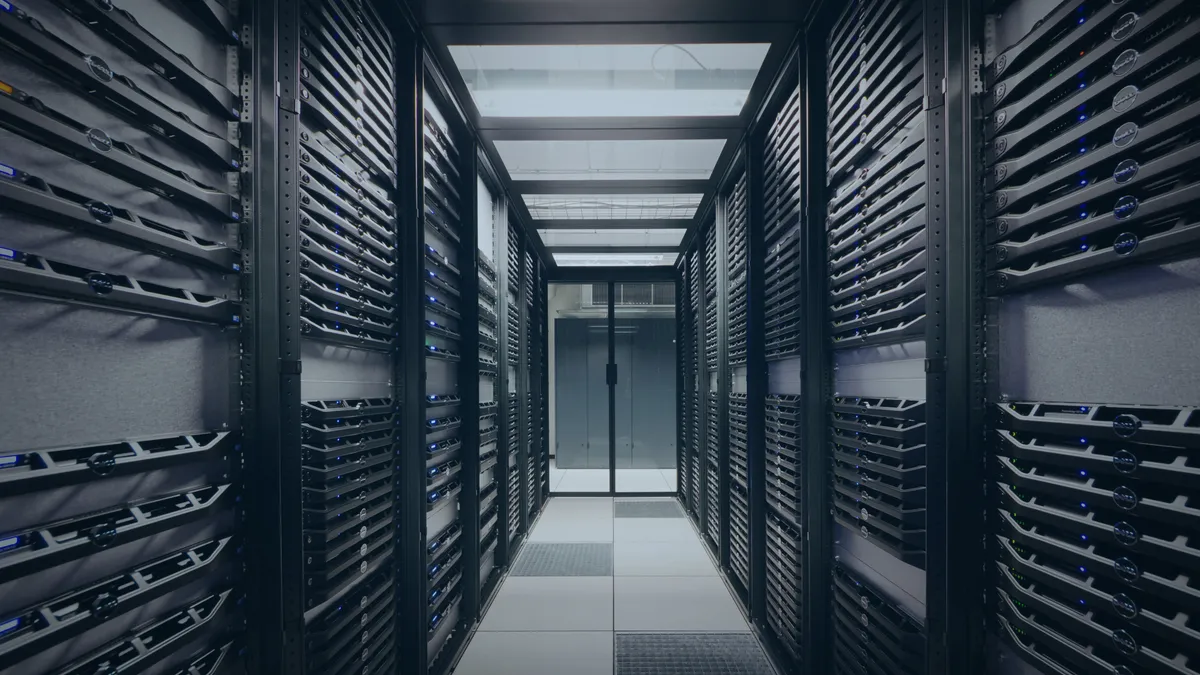Overspending is a common phenomenon for big companies. Unless everyone with buying power is perfectly in line, companies might buy too much, or buy two versions of the same thing — from standing desks to ground coffee to software.
In rare cases, procurement can really go off the rails, as happened with the Oregon State Department of Administrative Services' (DAS) Office of the State Chief Information Officer. It overpaid for services by up to $1.6 billion.
"I'm a little mystified at how that got out of hand," said Michael Cantor, CIO of Park Place Technologies, in an interview with CIO Dive.
To limit duplicates and overspending:
- Make sure all employees with buying power communicate
- Make sure items are being used and not languishing on a shelf
- Maintain accurate, up to date inventory reports
- Join an aggregating buying organization
It might seem like an extreme case, but even as operations move to the cloud, companies will continue to overspend on IT procurement. Overspending will persist if management isn't taking a hard look at what they've already bought, or if everyone in the company who can make such purchases isn't talking to each other.
Who still needs hardware anyway?
From healthcare systems running data centers all the way down to retail stores operating point of sale terminals so they can accept credit cards, many companies still need physical equipment to operate.
These companies require tangible technology to make the wheels turn in a way that a cloud never could.
Sometimes the security and speed needed for highly regulated industries, like financial services and healthcare, can't be replicated in a cloud setting, and hardware is the best bet.
"There's always going to be a little bit of security, and speed for high volume of data transfer that makes more sense" for hardware over a cloud, said Cantor. "No one's going to build a cloud AS/400 anytime soon," he added.
While hardware purchases have held steady, Cantor expects they will soon begin to decline. "We anticipate that spend will go down. It'll move to the cloud, but it won't disappear."
Duplicates, out of control
If a company doesn't know what it already has, it's easy to buy the same thing again — and again, and again.
"A lot of time what we find is that customers tend to overspend because they don't know what they already have," said David Ishmael, director of IT operations and analytics at Trace3, in an interview with CIO Dive. "Some of that disconnect is between what the executives are trying to do and what they're steering the engineering teams to do."
That of course goes for software, too. In its 2016 "The Real Cost of Unused Software" report, 1E estimates that U.S. companies are wasting 37% of their software spend — or $30 billion — on shelfware a.k.a. unused software.
And those costs continue to hit as companies pay for support licenses and refreshes they already have. "Sometimes the total ownership of all of these things is in the millions," said Ishmael.
The best way to cut back on waste, whether for a new company or an existing one that wants to get rid of its duplicates and start with a fresh slate, is to "know yourself," said Ishmael. That means "doing an assessment and really mapping out your environment so you can really understand what you have and what you need."
That also means checking in to make sure the tools bought still meet the organization's needs. How often depends on the kind of business. "If you're a small, agile company who's making a lot of different changes to the organization you'll probably need to check pretty often," Ishmael said.
Know your spend
Buying hardware isn't like trying to figure out how much a medical procedure will cost. Hardware prices are transparent and readily available.
Cantor says to look directly at manufacturer's websites or look at benchmark organizations.
Depending on how big a company is, it can also join an aggregating buying organization — not unlike getting a better deal on bulk toilet paper by belonging to Costco.
"You know you're going to get the same price as everyone else in the organization," Cantor said, and members of that buying group will most likely receive a decent discount because they're buying in bulk together.
He said that the budget process is an important one in keeping procurement costs in check. Checking on it often will make sure that if something starts to slide out of line, it can be bumped back in, long before it becomes a $1.6 billion state headache, as happened in Oregon.














